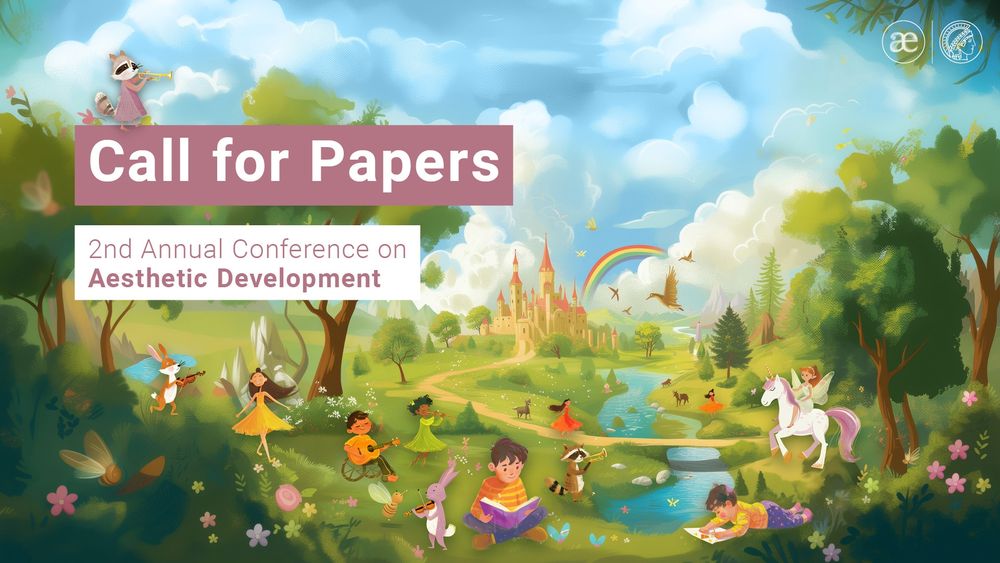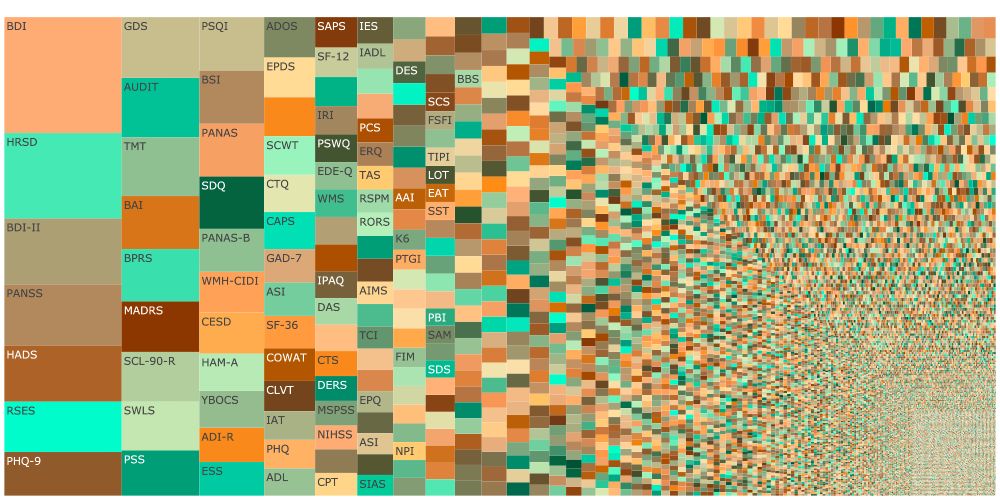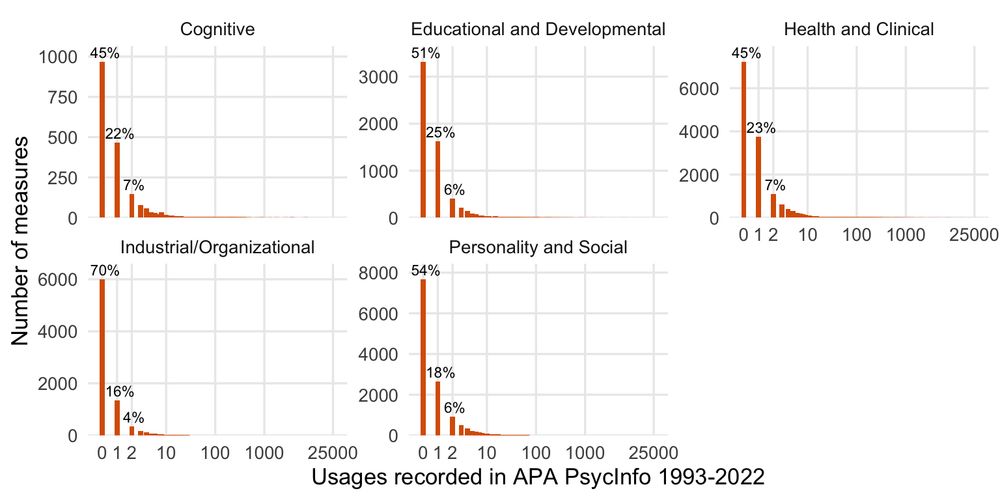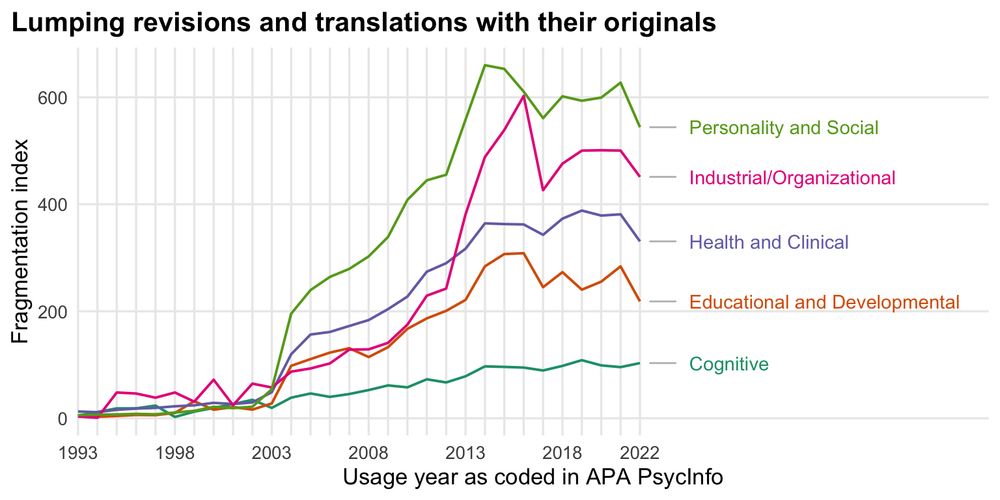Giacomo Bignardi
@giacomobignardi.bsky.social
500 followers
330 following
89 posts
Max Planck School of Cognition PhD candidate
MPI for Psycholinguistics, Language & Genetics
PhDing in musicality, aesthetics and behavioural genetics
Typos are my owl
Posts
Media
Videos
Starter Packs
Pinned
Simon Fisher
@profsimonfisher.bsky.social
· Mar 25
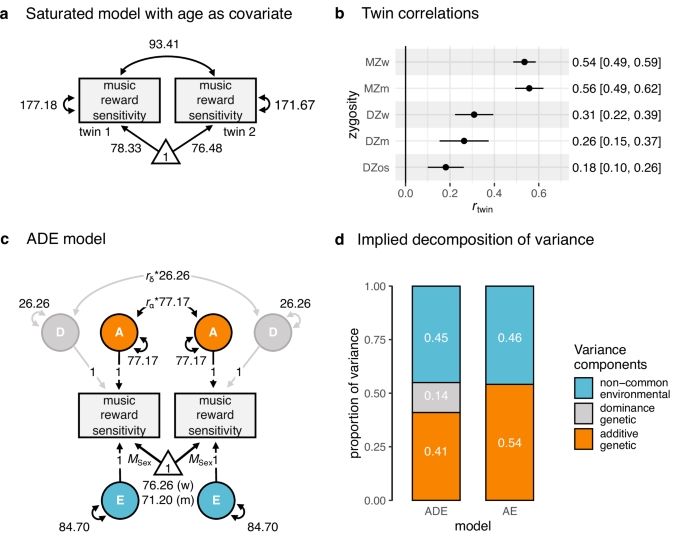
Twin modelling reveals partly distinct genetic pathways to music enjoyment - Nature Communications
Here, Bignardi et al. report on a study of over 9,000 Swedish twins that indicates the ability to enjoy music is influenced by multiple partly distinct genetic factors.
www.nature.com
Reposted by Giacomo Bignardi
Reposted by Giacomo Bignardi
Reposted by Giacomo Bignardi
Reposted by Giacomo Bignardi
Reposted by Giacomo Bignardi
Reposted by Giacomo Bignardi
Reposted by Giacomo Bignardi
Reposted by Giacomo Bignardi
Reposted by Giacomo Bignardi
Reposted by Giacomo Bignardi
Reposted by Giacomo Bignardi
Reposted by Giacomo Bignardi
Reposted by Giacomo Bignardi
Reposted by Giacomo Bignardi
Reposted by Giacomo Bignardi
Reposted by Giacomo Bignardi
Janis Keck
@keckjanis.bsky.social
· Sep 8



